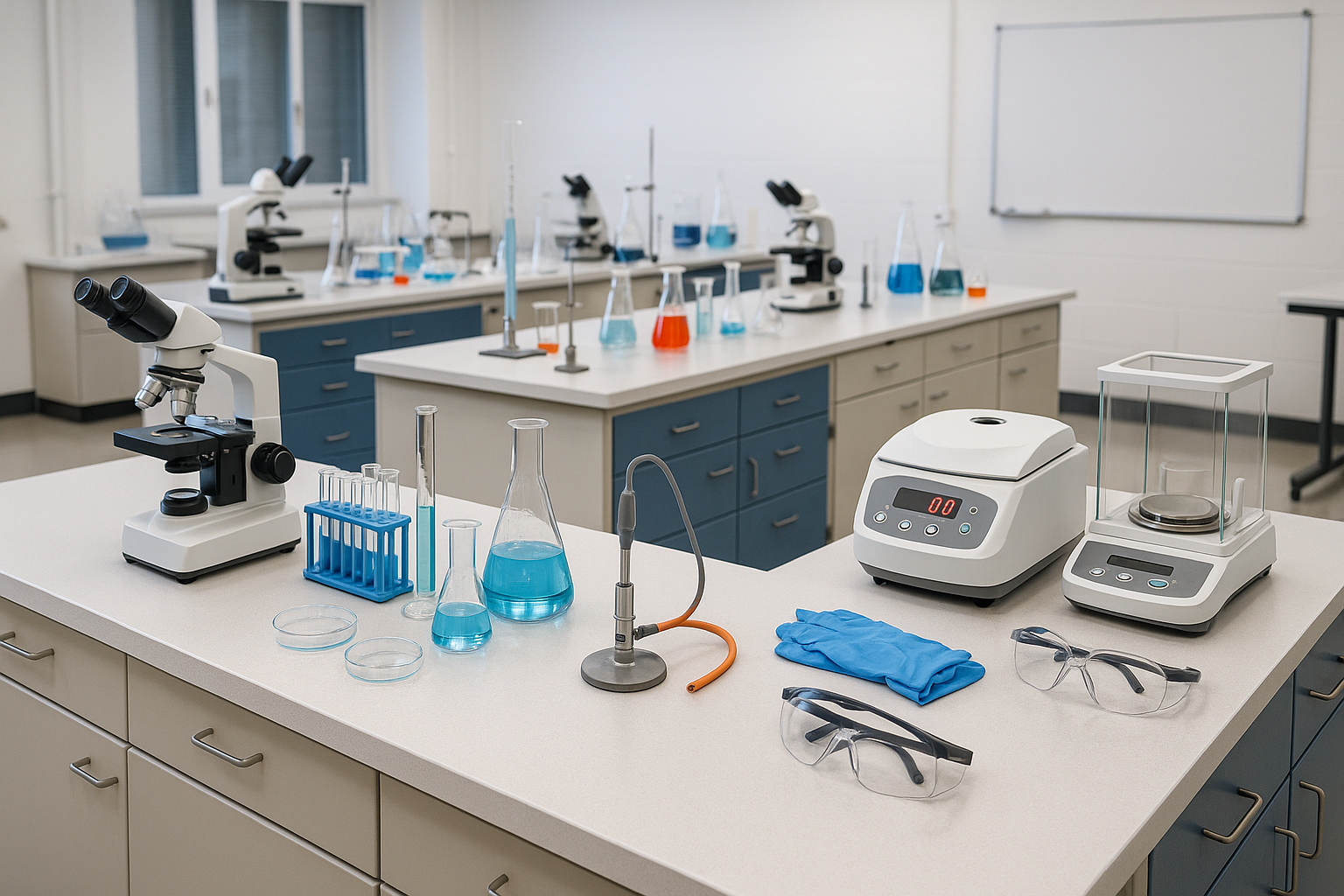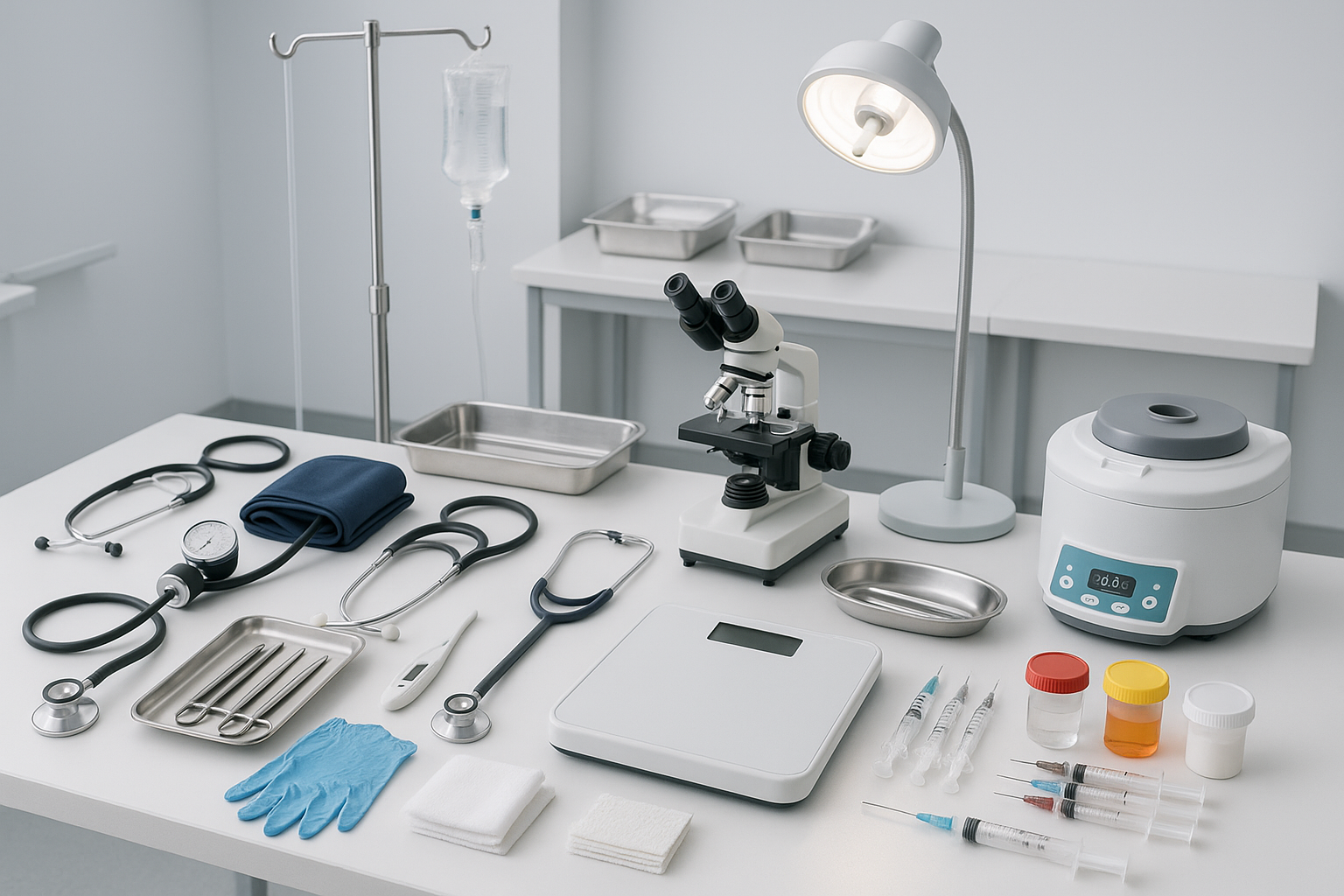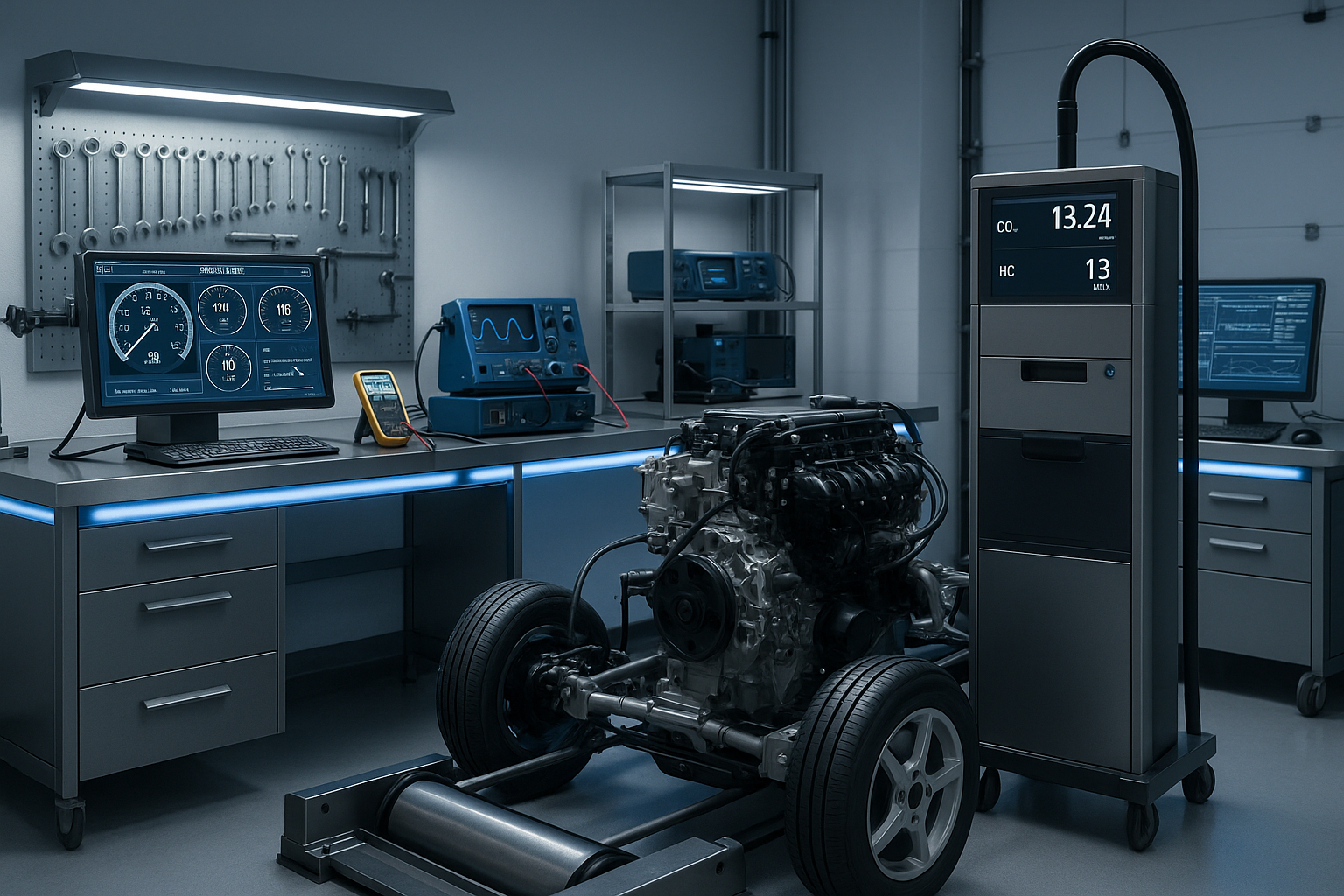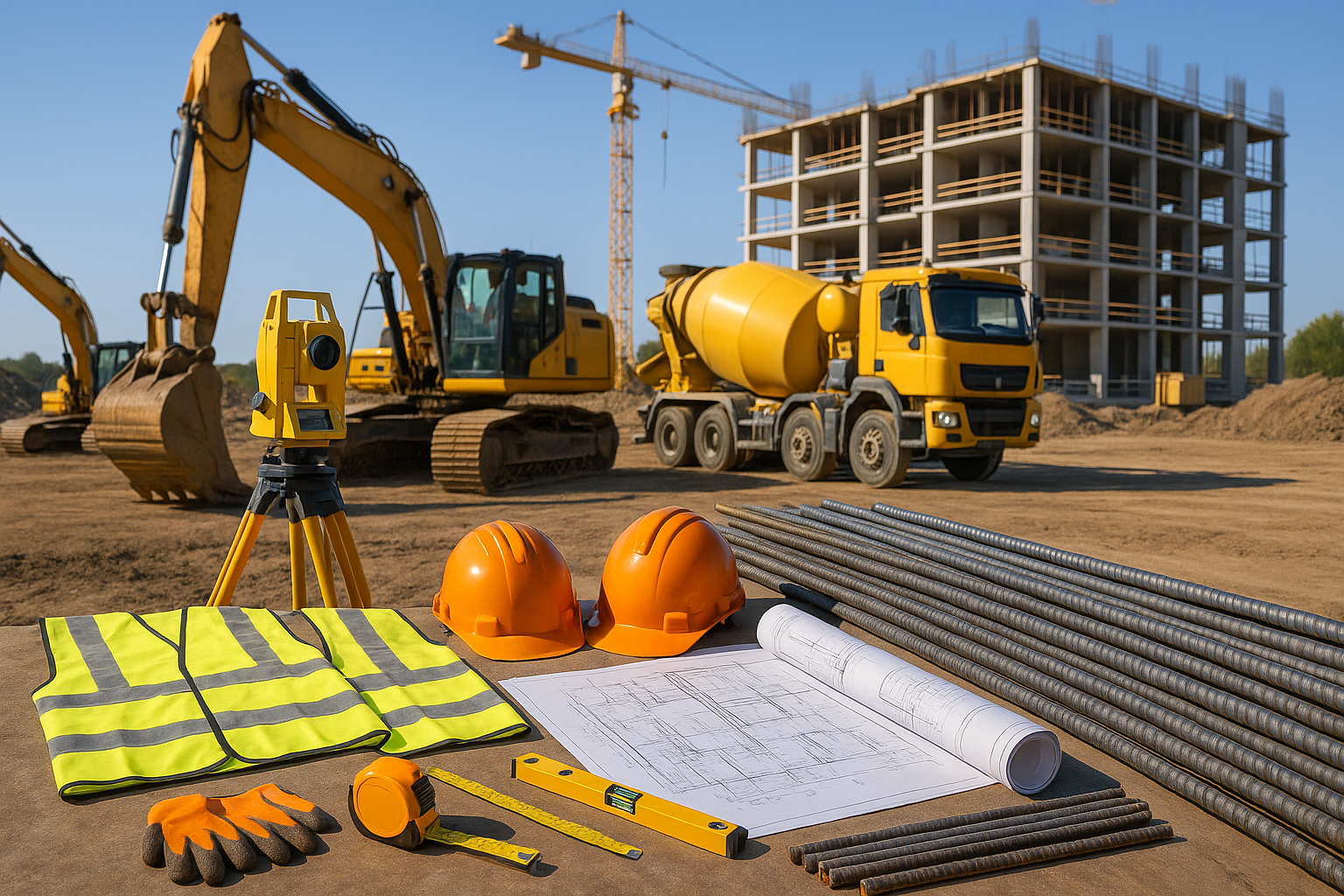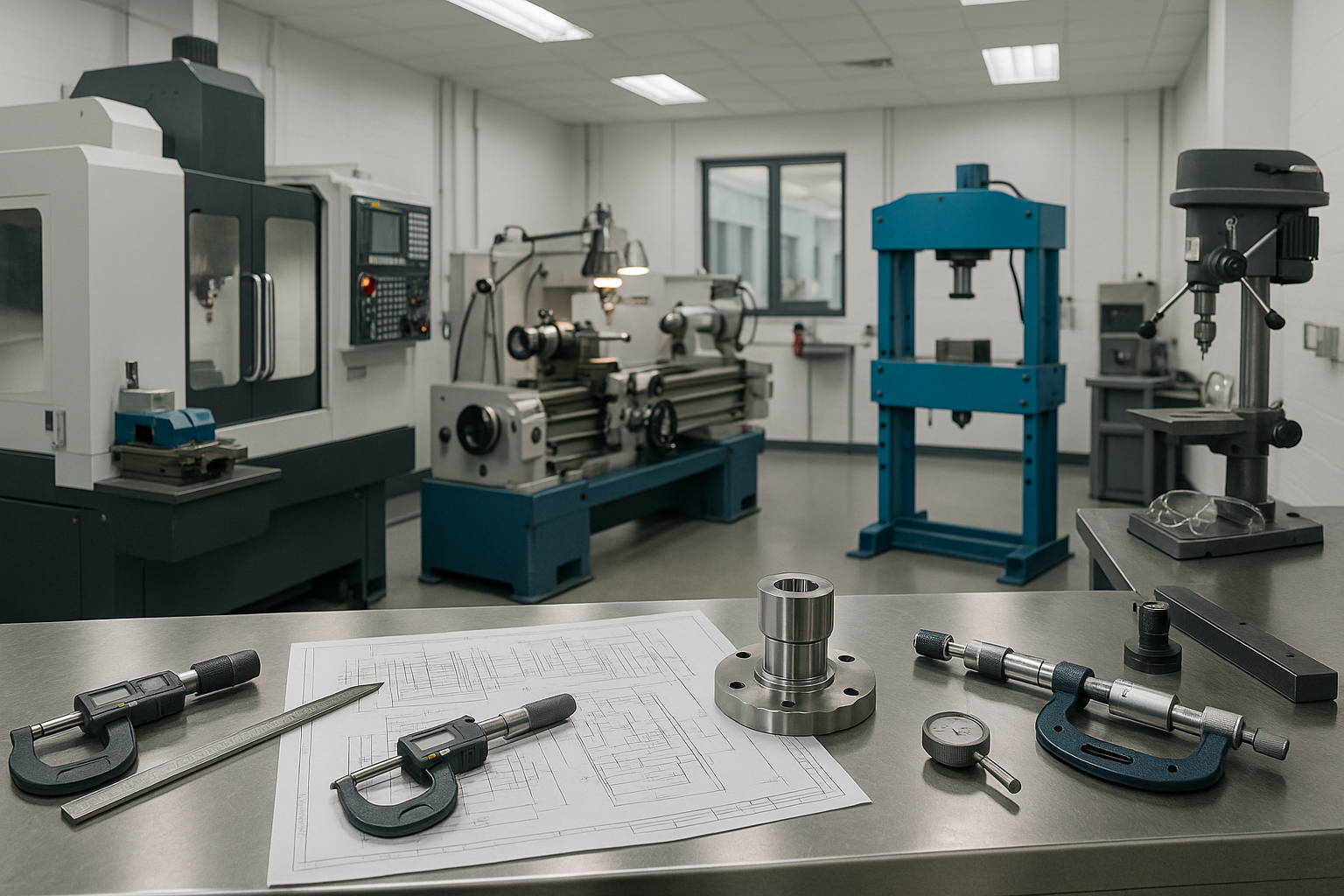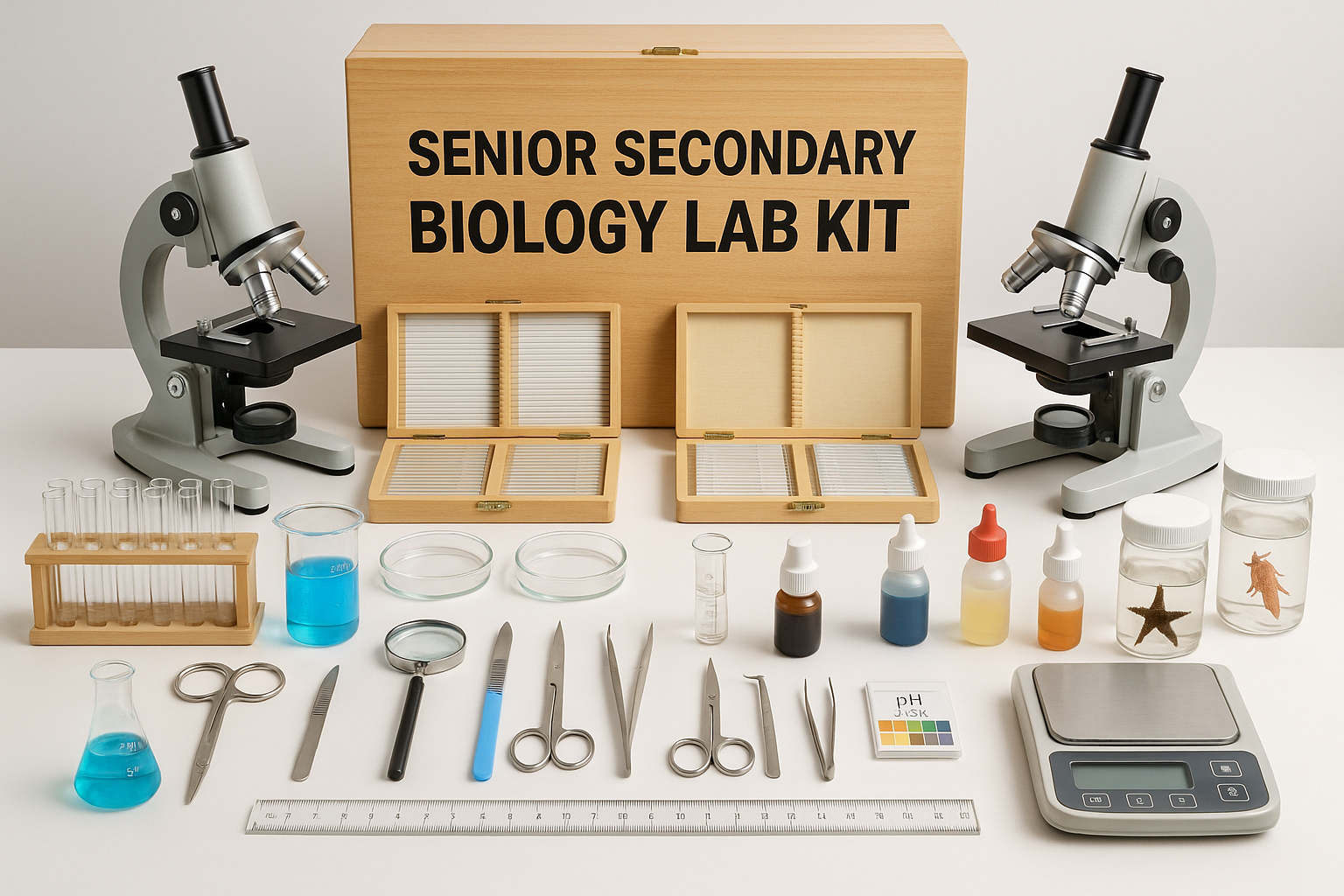Structural Engineering Equipment: Key Tools for Today's Professionals
Structural engineering equipment plays a vital role in the success of any engineering project. Engineers rely on various tools and equipment to ensure that their designs are safe, efficient, and compliant with industry standards. In the realm of structural engineering, having the right equipment is not just a convenience but a necessity for achieving the best results. From testing materials to analyzing structural loads, the tools available to structural engineers are essential for conducting accurate assessments and promoting innovative designs.
Structural engineering laboratories are equipped with a range of specialized equipment that helps engineers and researchers conduct experiments, test materials, and analyze the behavior of various structures. Here are some common pieces of equipment found in a structural engineering lab:
-
Universal Testing Machine (UTM): A UTM is a versatile machine used to perform a wide range of mechanical tests on materials, including tensile, compressive, and flexural tests. It applies controlled forces to test specimens and measures their deformation and strength properties.
-
Load Frames: Load frames are sturdy structures used to apply static or dynamic loads to structural elements during testing. They come in various sizes and configurations to accommodate different types of tests, such as bending, shear, and compression tests.
-
Strain Gauges: Strain gauges are sensors that measure strain or deformation in materials subjected to load. They are attached to the surface of a specimen and provide valuable data on how the material behaves under stress.
-
Data Acquisition Systems: These systems consist of sensors, amplifiers, and data recorders used to collect and analyze test data. They can capture various parameters such as load, displacement, strain, and temperature, providing researchers with valuable information for further analysis.
-
Hydraulic Jacks and Actuators: Hydraulic jacks and actuators are used to apply controlled loads to structural elements. They provide a means to simulate real-world conditions and test the performance of structures under specific load patterns.
-
Concrete Testing Equipment: This includes devices such as slump cones, cube molds, and compression testing machines specifically designed to evaluate the properties of concrete, such as workability, strength, and durability.
-
Geotechnical Testing Equipment: Geotechnical equipment is used to analyze the behavior of soils and foundations. It may include devices for measuring soil compaction, permeability, shear strength, and consolidation characteristics.
-
Non-Destructive Testing (NDT) Equipment: NDT equipment is used to assess the integrity and quality of structural components without causing damage. Common NDT techniques include ultrasonic testing, magnetic particle testing, and radiographic testing.
-
Instrumentation for Structural Monitoring: Structural monitoring instruments are used to continuously measure and monitor the performance and behavior of structures in real-time. This may include devices such as strain sensors, displacement transducers, accelerometers, and temperature sensors.
-
Computer-Aided Design (CAD) and Analysis Software: In addition to physical equipment, structural engineering labs utilize sophisticated software tools for designing structures, performing simulations, and conducting numerical analysis. CAD software allows engineers to create 3D models, while analysis software enables them to study the behavior of structures under different conditions.
These are just a few examples of the equipment commonly found in structural engineering labs. The specific equipment and instrumentation may vary depending on the focus and specialization of the lab and the types of experiments and research being conducted.
LABORATORYDEAL India maintains a good quality assurance of all its products and provides lab equipment at affordable and eco-friendly rates. The company provides lab equipment throughout and outside the country and has a network of dealers and distributors in various states, including Andhra Pradesh, Arunachal Pradesh, Assam, Bihar, Chhattisgarh, Goa, Gujarat, Haryana, Himachal Pradesh, Jharkhand, Karnataka, Kerala, Madhya Pradesh, Maharashtra, Manipur, Meghalaya, Mizoram, Nagaland, Odisha, Punjab, Rajasthan, Sikkim, Tamil Nadu, Telangana, Tripura, Uttar Pradesh, Uttarakhand, and West Bengal
One of the key aspects of structural engineering equipment includes testing machines, which allow engineers to examine the mechanical properties of materials. These machines can perform a variety of tests, including tensile strength, compression, and shear tests. By understanding how materials behave under different conditions, engineers can make informed decisions about material selection and design specifications.
Additionally, finite element analysis (FEA) software has become an indispensable part of structural engineering equipment. This software enables engineers to simulate and analyze the behavior of structures under various loads and conditions. With FEA, engineers can identify potential weaknesses in their designs and optimize them before implementation, thus saving time and resources.
Surveying equipment is also a critical component of structural engineering. Tools such as total stations, GPS, and laser scanners allow engineers to accurately measure distances, angles, and elevations on job sites. This precision is essential for ensuring that structures are built according to the specified design and for maintaining alignment throughout the construction process.
In addition to testing and surveying equipment, structural engineers often utilize specialized software for design purposes. Programs like AutoCAD and Revit provide engineers with the capability to create detailed drawings and 3D models of structures. These tools facilitate collaboration among stakeholders and help streamline the design process, ultimately leading to more effective communication and project execution.
Another important category of structural engineering equipment is the variety of hand tools that engineers and technicians use. Tools such as levels, measuring tapes, and square tools are standard in any engineer's toolkit. They assist in ensuring accurate measurements during both the design phase and the actual construction phase, making them indispensable for quality control.
Furthermore, structural engineering often requires on-site inspection and monitoring. Equipment such as drones and robotic total stations has introduced new levels of efficiency and safety to the inspection process. Drones can capture aerial images and video of construction sites, making it easier to assess progress and identify issues from different angles without the need for scaffolding or ladders.
The integration of structural health monitoring systems is another innovation in structural engineering equipment. These systems utilize sensors to monitor buildings and bridges in real-time, providing crucial data on their structural integrity. By detecting issues early, engineers can take timely actions to mitigate risks, ensuring the safety of the structure over its lifespan.
As technology advances, the landscape of structural engineering equipment continues to evolve. The rise of 3D printing and modular construction methods presents new challenges and opportunities for engineers. New materials and construction techniques require updated tools and methodologies, pushing engineers to stay current with the latest developments in their field.
Moreover, the sustainability movement has also impacted the selection of structural engineering equipment. Engineers are now tasked with considering the environmental implications of their work, leading to the adoption of greener materials and practices. Tools that facilitate the use of sustainable materials or that reduce waste are becoming increasingly important in the industry.
In conclusion, structural engineering equipment encompasses a wide variety of tools that are essential for the success of engineers in the field. From testing machines and surveying tools to design software and health monitoring systems, each piece of equipment plays a significant role in ensuring the safety, efficiency, and sustainability of structural projects. As the industry progresses, the continuous development and integration of new technologies will further enhance the capabilities of structural engineering equipment, enabling engineers to meet the challenges of the future.



